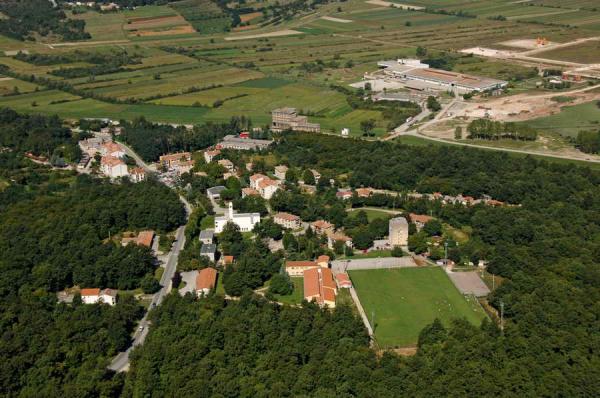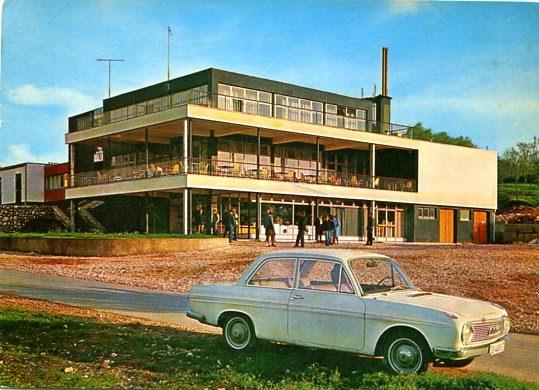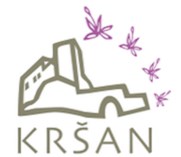POTPIĆAN
POTPIĆAN


Like this article?
Recommend it to your friends through these services..
Thanks to coal, the Labin area had three towns, of which Raša today has the attribute of being the youngest town in Istria. That title actually belongs to Podlabin, which is five years younger, and was inaugurated in 1942. However, Potpićan is still the youngest place in that sequence, created next to the Pićan mining shaft in the early 1950s.
The town was intensively built in the 1960s on a locality called Dumbrova, actually a wooded land, which was built in violation of the law and registration in the land registers, since the Istarski ugljenokopi Raša (Istrian coal mines of Raša), were then one of the most powerful collectives in Yugoslavia. It was also thought that a settlement for the miners of the new shaft should be built in Kršan, but in the end the prevailing opinion was that a place for the miners should be built as close as possible to the mine. Along the road leading to Pićan and Pazin, that is, to Kršan and Vozilići, not only did high-rise buildings and other residential buildings spring up very quickly, but also a school, a home for single miners and a modern shopping centre with a motel. There was a proposal to call the place Novi Kršan (New Kršan), but in the end it was given its current name. For a short time, from 1956 to 1961, Potpićan was an independent municipality, roughly covering the borders of the current Kršan Municipality. Its first and last president was Josip Petarčić, who, after the abolition of the municipality and the merger with the commune of Labin, briefly became the director of the newly founded hotel company Rabac. At the beginning of the seventies, as part of the substitution of mining, Potpićan acquired several factories, including a factory of ceramic tiles, then thin-walled pipes and toys. Around the same time, a mine closed, and a new one was opened in Tupljak (Marijan Milevoj, in 2014).
